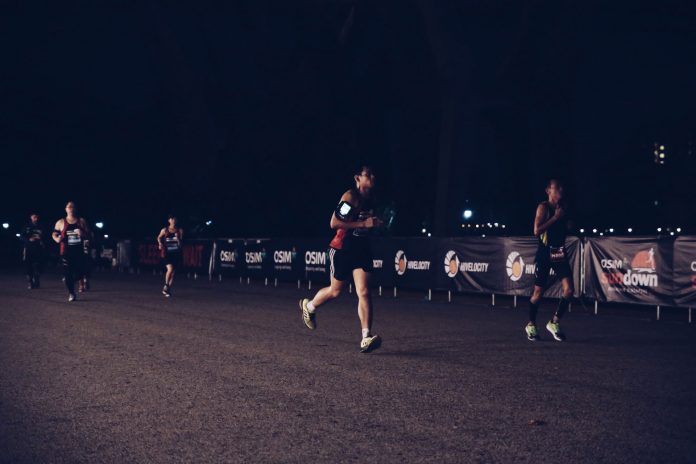Always find yourself not having time to exercise? Looks like you’ve greatly estimated that amount of time required to keep yourself active and healthy.
In a research published in the Journal of the American College of Cardiology, researchers have come to a surprising conclusion that participants who run less than 150 minutes per week have lower mortality risk.
The research examined the associations of running with all-cause and cardiovascular mortality risks in 55,137 adults, between the age of 18 to 100, who received at least 1 extensive medical examination between 1974 and 2002. Out of 5,089 of adults who ran 51-80mins and 81-119mins reported a death rate of 29.7% and 29.8% respectively.
On the other hand, among the 42,121 sedentary non-runners, there is a death rate of a whopping 45.9%. Death rate due to cardiovascular diseases for non-runners is at 17.8%, compared to the mean death rate of 9.6 among runners of various intensity.
Moving is Key
PUT ON YOUR RUNNING SHOES: Even a slow jog around your neighbourhood for 20mins can lower your mortality risk. (Image: KOTB)The key to a healthier lifestyle is to keep active. According to the aforementioned report, the group of participants who do not run accounted for 16% of all-cause and 25% of cardiovascular disease (CVD) mortality.
Another study, The Copenhagen City Heart Study, done in 2015 also managed to support the report. The result from the later study claimed that “compared with sedentary nonjoggers, 1 to 2.4 hour(s) of jogging per week was associated with the lowest mortality”.
The reason behind this is simple. When you exercise, your heart beat increases in order to pump more blood to supply your muscle tissues with oxygen. Over time, such involuntary actions will help to expand both the atria (the top part of your heart where blood return from the rest of your body – except for your lungs) and the ventricles (the bottom part of your heart where blood is pumped out of your heart) to be enlarged. This is, therefore, help to increase the efficiency of your heart.
As more blood is able to be pumped out of the body, it will increase the flexibility of the arteries too. This is to allow more blood flow during exercise and also prevent arteries blockage even when you are in sedentary position. As a result, the risk of cardiovascular diseases such as coronary artery disease (CAD) will be greatly reduced.
More doesn’t mean better
However, although we always encourage everyone to push their limits, it is advisable not to overdo and overexert yourself. It is especially so when your primary goal is just to be healthy.
U-SHAPE RELATION: Studies suggest a U-shaped association between mortality rates and the amount of running you do. (Image: JACC)Studies by the Mayo Foundation for Medical Education and Research in 2012 have shown that excessive endurance exercise may lead to adverse cardiovascular effects, such as abnormal heart rhythm (arrhythmias) and heart attack (acute myocardial infarction). This is because strenuous endurance exercise such as ultramarathon is capable to causing your atria and right ventricle to overload, hence resulting in the buildup of scar tissues in the heart.
The heart valves will eventually become thicker (patchy myocardial fibrosis), therefore “creating a substrate for atrial and ventricular arrhythmias”. The Mayo Foundation research also warned that long-term excessive exercise could also lead to coronary artery calcification, diastolic heart failure (diastolic dysfunction), and large-artery wall stiffening.
In conclusion, as long as you put aside some time, be it 15 minutes, 30 minutes or 1 hour, to keep yourself active, you will find yourself leading a healthier lifestyle.
Looks like the excuse of having NO TIME TO RUN is no longer valid anymore.
(This article first appeared on Ed.C: eddychua.com)


